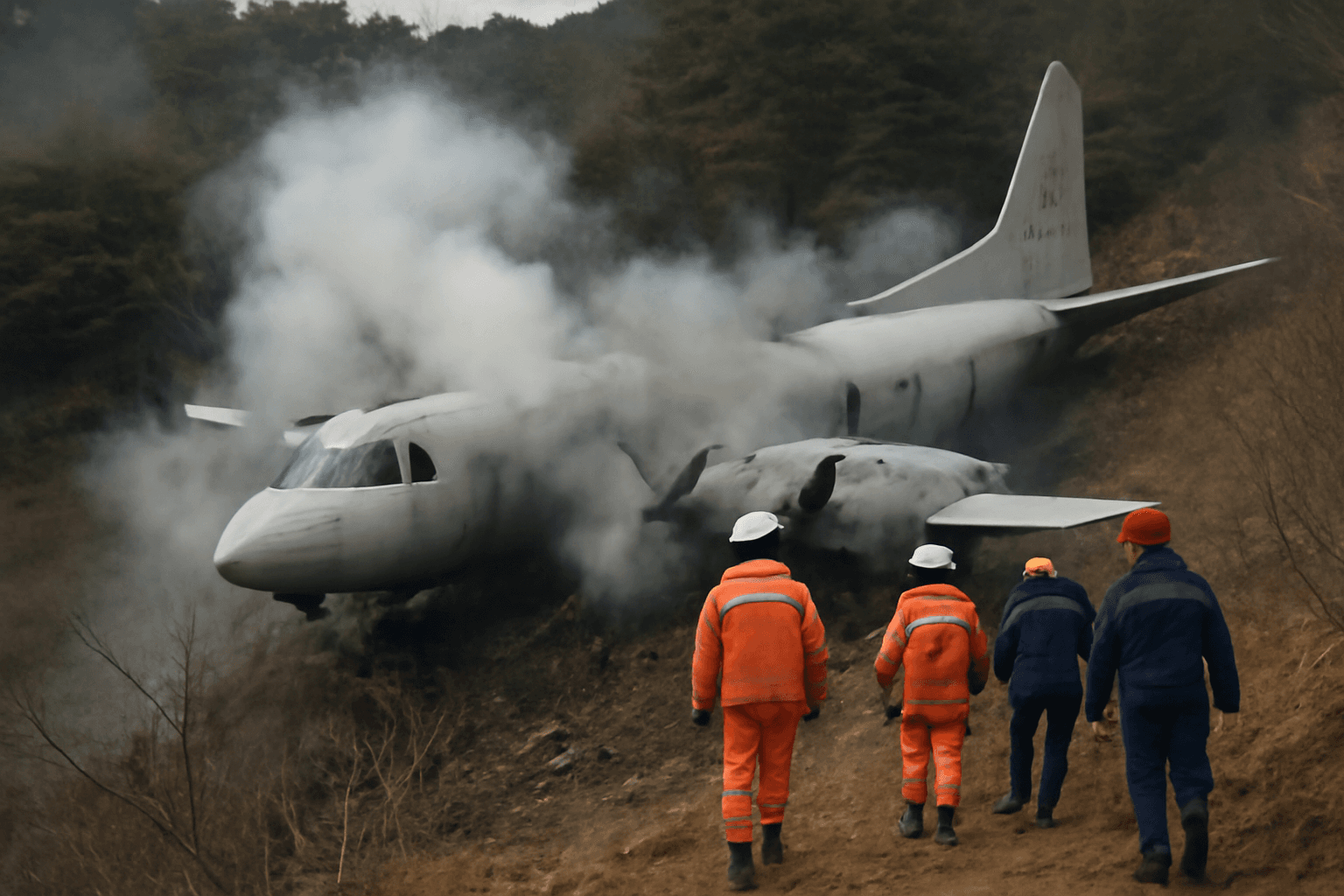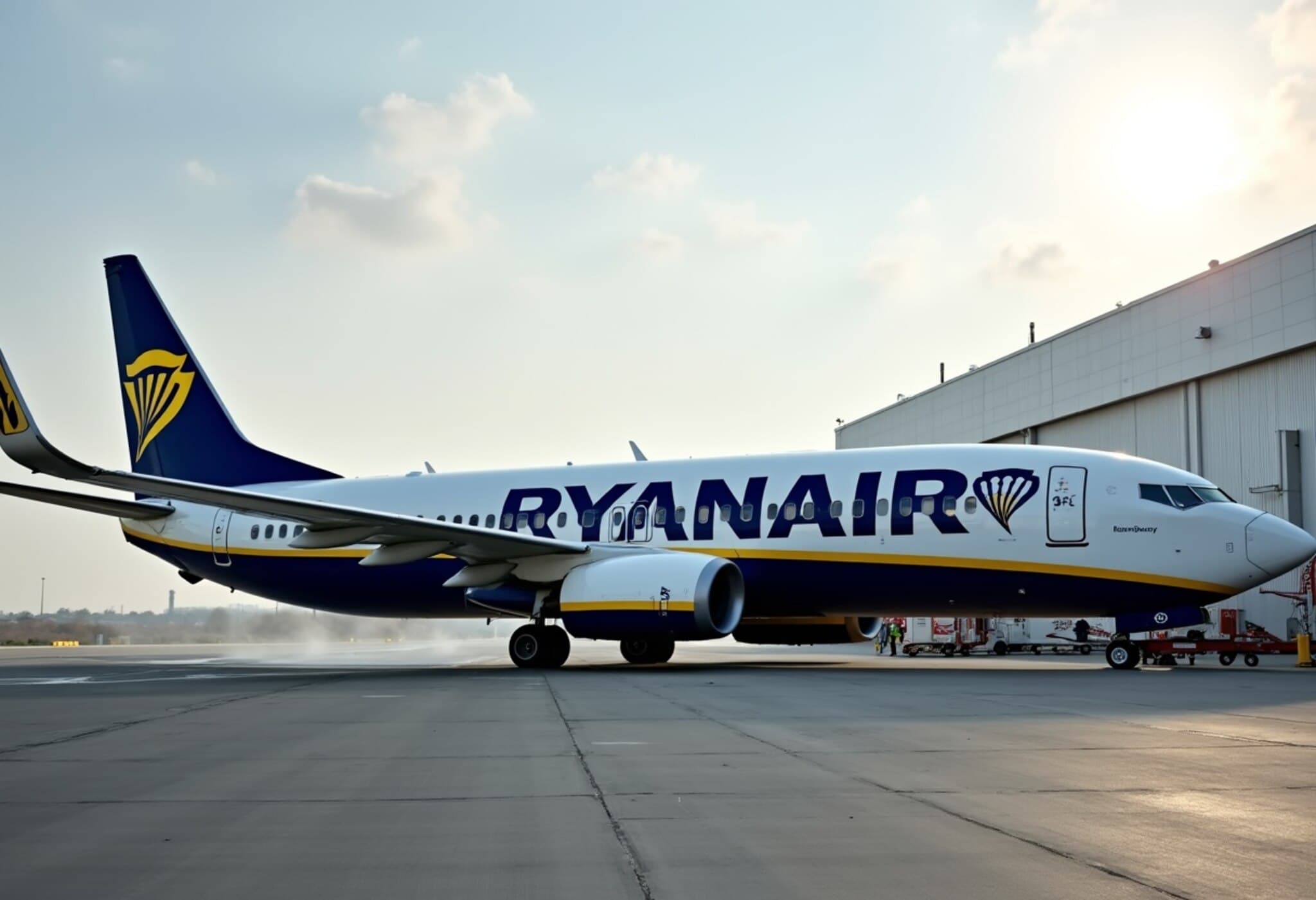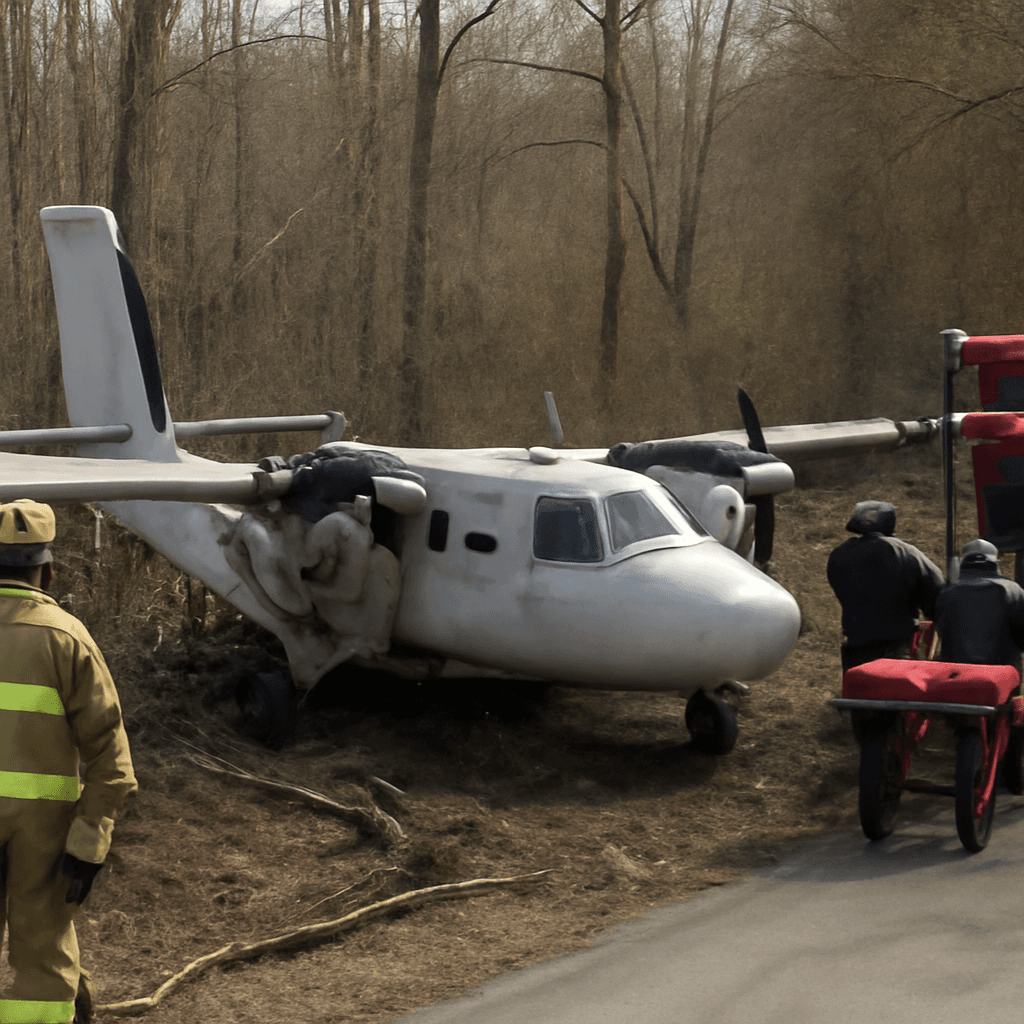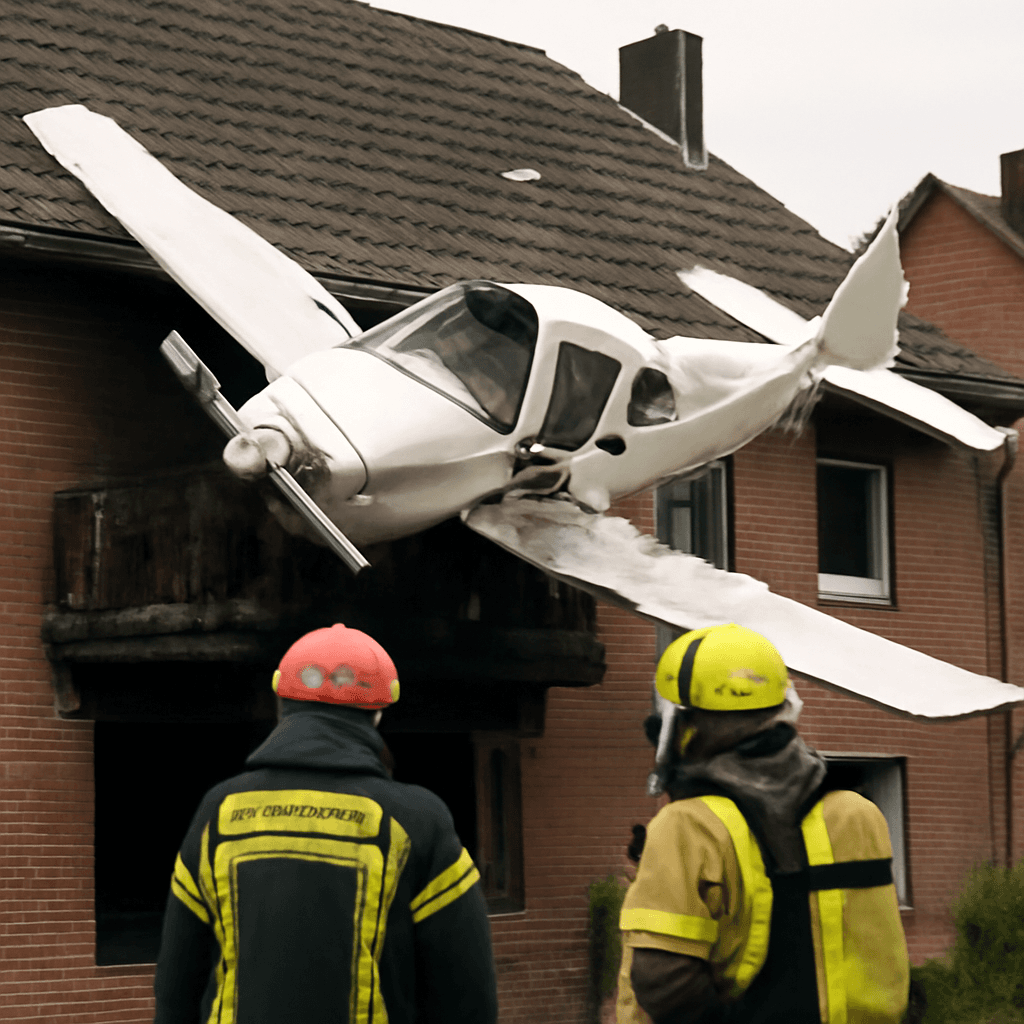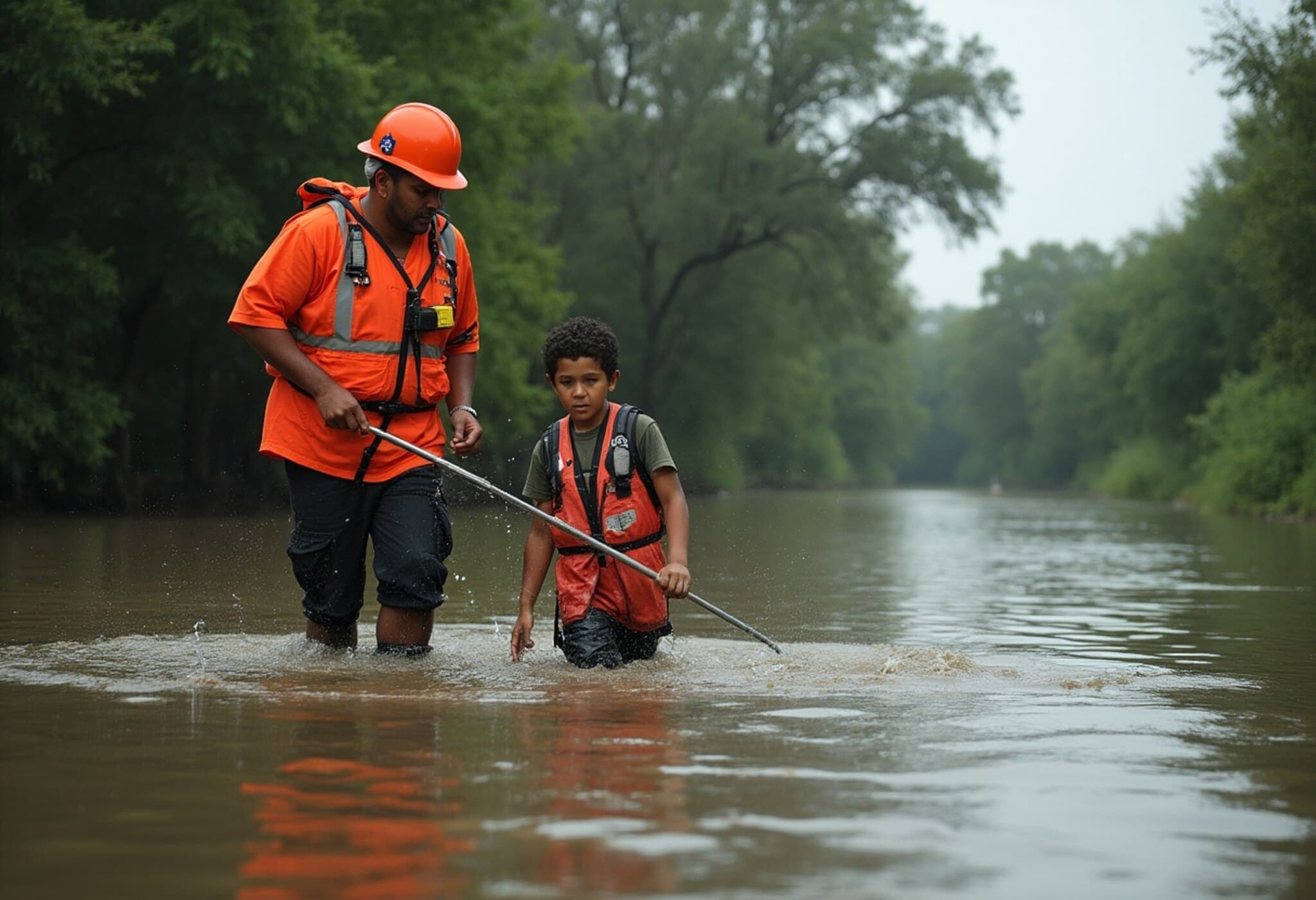Small Aircraft Accident Disrupts Operations at Southend Airport
In the early hours of July 14, 2025, a small aircraft was involved in a crash at Southend Airport, located in the Greater London area. Emergency services responded promptly to the scene, ensuring safety protocols were enacted swiftly. While official details remain limited, authorities have launched a thorough investigation into the incident to determine the underlying causes.
Incident Overview and Immediate Response
The crash occurred around 5:43 a.m., a time when airport activity is generally less congested. This factor potentially helped prevent a larger-scale disaster. Medical and fire response teams arrived on site within minutes, prioritizing the safety and well-being of the pilot and any passengers involved.
Though precise information about casualties or injuries has not been confirmed publicly, local sources emphasize that first responders worked diligently to manage the situation and secure the area, minimizing risk to nearby airport infrastructure and personnel.
Contextualizing Small Aircraft Accidents at Regional Airports
Incidents involving small planes at regional airports like Southend are not uncommon but always warrant close scrutiny, especially considering the operational and safety challenges posed.
- Weather Conditions: Early morning flights can encounter unpredictable weather, including fog or low visibility, which are frequent contributing factors in such accidents.
- Pilot Experience and Training: Smaller planes often attract private pilots with varying degrees of expertise, emphasizing the importance of rigorous training and adherence to safety protocols.
- Airport Infrastructure: Though Southend Airport supports commercial and private flights, its facilities differ from major airports, necessitating tailored safety measures.
Expert Perspectives: What This Means for Aviation Safety in the UK
From a policy standpoint, this crash underscores ongoing concerns regarding general aviation safety and regulatory oversight in the UK. Aviation experts stress the need for:
- Enhanced Pilot Safety Training: Fostering continuous education to keep pilots abreast of the latest safety protocols and emerging technologies.
- Improved Weather Monitoring: Deploying more advanced meteorological tools to aid decision-making during critical flight phases, especially in low-visibility conditions prevalent in the UK.
- Infrastructure Investment: Upgrading regional airports with better emergency response capabilities and navigation aids.
Moreover, in the broader context of London’s aviation ecosystem, the incident at Southend raises questions about how suburban airports balance growth with safety imperatives, especially as air traffic demand continues to climb.
Community and Economic Impact
While the human toll remains a priority, crashes like this can ripple economically — disrupting schedules, causing temporary closures, and impacting local businesses supported by airport activity. Community stakeholders often feel a heightened sense of vulnerability after such events, calling for transparent communication from authorities.
What’s Next? Investigation and Lessons Ahead
The Air Accidents Investigation Branch (AAIB) and relevant aviation authorities are conducting a meticulous inquiry into the Southend crash. Their findings will be crucial to inform future aviation standards and prevent similar occurrences.
In the meantime, travelers and residents are advised to monitor updates from official channels. The incident serves as a sobering reminder about the inherent risks in aviation, no matter the size of the aircraft.
Editor’s Note
This small-plane crash at Southend Airport highlights the delicate balance regional airports must maintain between growth and safety. It also raises broader questions about how aviation policies can evolve to better support private pilots and regional hubs in a rapidly changing aerial landscape. As investigations unfold, stakeholders and the public alike should engage with these issues thoughtfully, advocating for transparency and resilience in the sector’s future.


